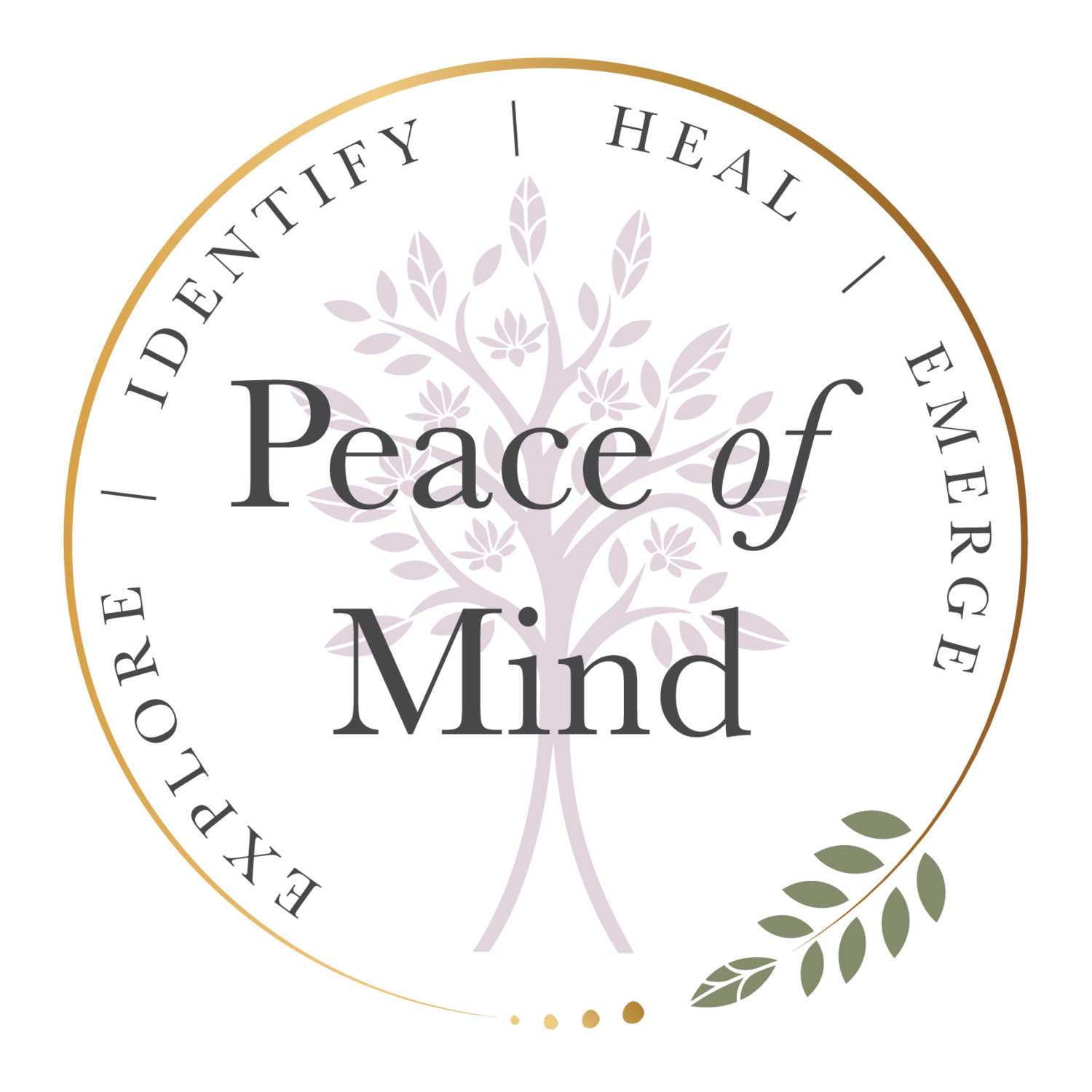Understanding & Healing Wounded Emotions During Good Times
Enjoying the warmth of a beautiful day yesterday, my friend and I immersed ourselves in a deep, thought-provoking conversation. These conversations are part of the fabric of many of my friendships. I never shy away from delving deep, unraveling thoughts and feelings that are complex and sometimes painful. My friend was wrestling with a perplexing issue:
Why do old negative thoughts and insecurities creep up just when life seems to be going smoothly?
Understanding Emotional Wounds and the Healing Process
Emotional wounds, while invisible, carry a weight that can affect our mental, emotional, and even physical health. They are often the result of past trauma, hurtful experiences, or negative messages we internalize, which can leave deep scars that continue to affect us long after the initial incident. The healing process involves acknowledging these wounds, understanding their origins, and finding healthy ways to process and release the pain. Healing is not linear, and it’s important to recognize that it takes time and patience.
What are emotional wounds?
Emotional wounds are deep-seated feelings of hurt or distress that stem from past experiences, usually involving rejection, betrayal, loss, or trauma. These wounds may not always be visible but can influence how we perceive ourselves and relate to others. Emotional wounds often leave behind patterns of negative thinking, emotional triggers, and self-doubt. When left unaddressed, they can shape our behavior and interactions in ways that we might not even be aware of.
The Process of Healing Wounded Emotions
Healing emotional wounds requires a multifaceted approach that includes self-awareness, emotional processing, and intentional action. The first step is acknowledging the wound without judgment, allowing yourself to feel the pain and understand where it comes from. Next, it's crucial to reframe negative beliefs that stem from the wound and replace them with healthier, more compassionate thoughts. Healing is also about self-compassion and forgiving yourself and others, creating space for growth and emotional release. Finally, healing can involve seeking professional support to guide you through deeper emotional work.
5 Reasons Emotional Wounds Resurface
Back to my friends question: Why do old negative thoughts and insecurities creep up just when life seems to be going smoothly?
In response, I found myself outlining the possible reasons:
Crisis-Free Zone:
When we're not caught up in a Crisis of the Week (or COWs as we sometimes humorously label them), our brains have the bandwidth to journey back into the past, occasionally dredging up old wounds and insecurities.
The Ghosts of Thoughts Past:
Our minds are like living, breathing history books. The chapters of our past triumphs and failures are profoundly etched and tend to reappear, especially when our minds are at rest or free to wander.
The Self-Worth Balancing Act:
During good times, if we struggle with feelings of unworthiness, our brains might trigger old negative thoughts, creating a seesaw of emotions. It's as if our minds are trying to temper happiness with reminders of past difficulties.
Negativity as a Shield:
Sometimes, we hang onto past hurts or negative thoughts because our brains interpret them as protective mechanisms. It's like our minds saying, "Remember this? Let's not walk down that road again.
Navigating the Thought Maze:
The encouraging news is that these negative thoughts and feelings aren't a life sentence. Many tools and strategies can help us navigate them, and understanding why they surface is the first step.
Healing Wounded Emotions is Possible in Every Season
Our conversation under the open sky turned into a deep dive into the complexities of our inner selves. Even during the happiest of moments, we carry our past within us. However, we can find our path toward healing by recognizing these patterns and understanding their origins.
Emotional Wounds: An Opportunity to Understand Ourselves Better
In the end, we agreed: our minds are like intricate puzzles. They might throw us curveballs, but that's just an opportunity to understand ourselves better, to allow space for healing, and to let go of old wounds. As a trauma therapist, I can tell you that the first step to healing is understanding, and every conversation like this brings us one step closer to that goal.
Healing Emotional Wounds in Community
If you've found this blog post resonates with you or are dealing with similar issues, remember you're not alone. Reach out, talk to someone, be it a friend, family member, or a professional. Don't let these old wounds fester. Resources, strategies to help navigate these waters, and people ready to support you are available. So take the first step today, and let's walk this healing journey together.
FAQs About Healing Wounded Emotions:
-
Emotional wounds are psychological scars left by past traumatic or painful experiences. They can manifest as feelings of inadequacy, insecurity, or fear, and often influence how we see ourselves and interact with others.
-
Healing emotional wounds involves acknowledging the pain, processing the emotions, reframing negative beliefs, and practicing self-compassion. It may also involve seeking support from trusted individuals or mental health professionals.
-
The stages of emotional healing generally include awareness, acceptance, emotional processing, reframing, and self-compassion. Everyone’s healing journey is unique, but these stages provide a framework for growth and recovery.
-
Healing emotional trauma often involves releasing pent-up emotions, practicing relaxation techniques, and engaging in physical activities like yoga or exercise. These practices can help restore balance to the body and mind, allowing emotional wounds to heal.
